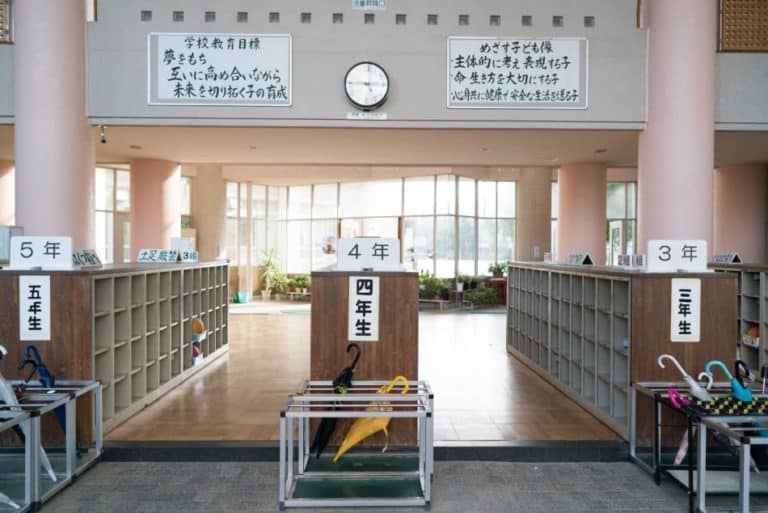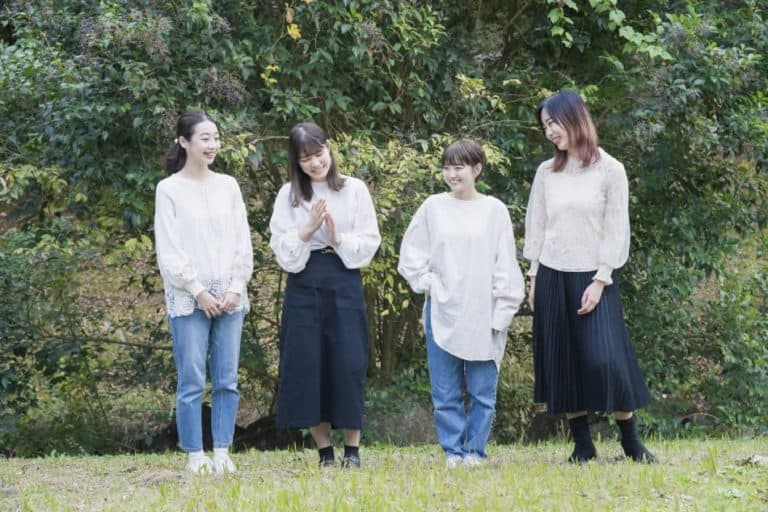Can You Walk and Eat in Japan?
Many of you must have eaten while walking the streets, but what about doing so in Japan?
Before going to Japan, I wondered if people could walk and eat simultaneously.
Once I arrived, my friends told me they could not do so. So no chance! I was shocked when I discovered no signs prohibited people from walking and eating in the streets.
Why can you not walk and eat in Japan?
Japanese people believe that it is bad manners to eat on the move because you can’t appreciate your food correctly if eaten while walking.
Japanese culture frowns heavily upon eating with someone else who isn’t sitting at a table, so much so they consider doing so as being rude and inconsiderate toward both yourself and them!
Why is it rude to eat while walking in Japan?

From what I’ve read and heard, it seems there are two main reasons:
1) Safety
It is widespread in Japan to have streets busy with pedestrians and bicycles. There are even vending machines located on the sidewalks of some roads.
Eating while walking could cause a person to be distracted from looking out for others on the street or miss a step on their way.
2) Etiquette
Eating while walking makes a mess of sidewalks and streets for others to walk through. If people eat while walking, the roads will be covered with wrappers that could get caught in someone’s shoes or be stepped on by a pet.
In my opinion, both of these reasons make sense from what I experienced in Japan.
It seems essential to consider safety and consideration for others in Japan, which I could understand since Tokyo’s population density is much higher than New York City.
I feel everyone should decide for themselves what they should or shouldn’t do because some people still eat while walking, even if it isn’t as common as in the US.
Some people eat while walking because they don’t know it is rude, and others might not care about being rude.
Is it Rude to Eat on Public Transport in Japan?
If you are traveling on Japan Railways (JR) or another train service in the country, it’s no problem to eat and drink while commuting.
Many people do so during their daily commute, even though they have a “No Food/Drink” sign posted at eye level right where they’re sitting.
The reason for this? There isn’t one.
Most of the time, no one notices you’re eating on the train.
If someone is sitting next to you and you’re being inconsiderate (e.g., spilling food), there might be a problem with etiquette, but even then, the person who notices won’t say anything. They’ll move to another seat.
So in Japan, eating on public transport is not considered rude.
However, drinking when the train has no cup holders can be problematic if you’re causing issues for other passengers by holding onto the handrails or seat backs while swaying back and forth.
If you have a bag, be careful that it doesn’t hit others when the train moves.
In general, the etiquette on public transport in Japan is to avoid using more space than necessary to inconvenience other passengers.
Traditional Japanese culture has inspired low-cost carriers worldwide when creating train-like transportation models.
Can you Drink Alcohol on Public Transport in Japan?
A train company allows open alcohol containers, but only if the passenger purchased the ticket before boarding and showed their access to the staff at the time of purchase.
Because this is an exceptional service, having a beer while commuting is okay.
Otherwise, no. But really, no one cares if you drink alcohol on the train.
If they do care, you won’t see it in their facial expression or hear it in their tone if they tell you otherwise.
This is because drinking alcohol on trains is considered rude by people who believe that doing so causes problems for other passengers.
Drinking can cause passengers to become loud or rowdy, spill drinks on the floor, or fall asleep and take up too much space.
What are the Rules for Eating in Japan?

Eating is one of the most basic and essential activities in our everyday life.
However, there are many “unwritten rules” that we assume everyone knows about when it comes to eating or drinking in Japan.
Japanese people generally like to use chopsticks.
Eating Rice with Chopsticks
Many foreigners living in Japan find it difficult to use chopsticks and prefer eating rice with their hands as the locals do.
However, “a good reason” is that we use sticks (chopsticks) to eat our rice.
Japanese Style to Pick up Food with Chopsticks
If you want to pick food up using chopsticks, many methods depend on where you are in Japan.
The correct way is usually considered common sense within that region.
For example, people in Western Japan use the thumb and middle finger to pick up food, which is different from those in Eastern Japan, who never use their fingers when eating or using chopsticks.
Exchanging Food with Others
It is not considered rude to share food in Japan. Of course, you might need to ask someone before sharing their food.
But because there are so many shared dishes at the table, it’s difficult to pinpoint who should take responsibility for each word.
It can be bad to pick something up already in someone else’s hands.
Another reason you can share food in Japan is that there are so many different kinds of dishes at the table.
There are usually not enough plates to go around, so it makes sense for people to use the same container when returning from the buffet or exchanging food with others.
Eating Soup
Drinking soup straight from the bowl or cup is usually considered rude, so Japanese people use other methods. For example, pouring soy sauce into your soup is a way of enjoying this dish that originated in China.
Another method is to pick up some vegetables and meat with chopsticks, then transfer it to your spoon before taking a bite.
If you want to eat rice with soup, there are many ways, but it’s best to check what other people at the table are doing first before copying them.





